Ladder Safety 101
These 10 tips will take you to the top!
(function(d){
var f = d.getElementsByTagName(‘SCRIPT’)[0], p = d.createElement(‘SCRIPT’);
p.type = ‘text/javascript’;
p.async = true;
p.src = ‘//assets.pinterest.com/js/pinit.js’;
p.setAttribute(‘data-pin-hover’, true);
f.parentNode.insertBefore(p, f);
}(document));
function openWin() {
myWindow = window.open(“http://www.youtube.com/channel/UCHGLUxlObWaCOcDTYiuZFPA?sub_confirmation=1”, “0, 0”, “width=575, height=325”); // Opens a new window
AnalyticsTrackEvent(‘Social’, ‘Subscribe’, ‘YouTube’);
}
The last thing you want to do on a repair project is to make a surprise trip to the emergency room! According to the Centers for Disease Control and Prevention, ladder falls account for over 500,000 injuries in the United States every year. Fortunately, such accidents are easily preventable if you heed the following safety tips:
10 Tips to Use a Ladder Safely
Tip 1: Choose the Right Ladder
There are various types of ladders. When choosing one that is right for the job, you must first consider their material. Ladders are built from wood, fiberglass, or metal. Wooden ladders should only be used at home. They do not come with non-slip feet and are prone to splinters and warping, and are thus unfit to be used in a workplace. Metal ladders are lighter and easier to transport than fiberglass ones, but are not suitable for electrical work as they conduct heat and electricity. When exposed to heat, they can bend to the point of breaking. Fiberglass ladders have both heat and electrical resistance, so they are usable in such work environments.
Each ladder is categorised under one of five duty ratings. The duty rating sticker is found on the side of every ladder. As a rule of thumb, you should use a ladder that can sustain at least four times the maximum intended load. This load should be a combination of your weight, tools, materials, and equipment. Use the chart below as a reference when picking between your ladder options.

Tip 2: Check for Damages or Issues
Next, you need to ensure that the ladder is safe to use. Visually inspect the ladder for defects. The ladder should be free from structural damage, bent side rails, broken rungs or steps, and damaged safety hinges or latches.
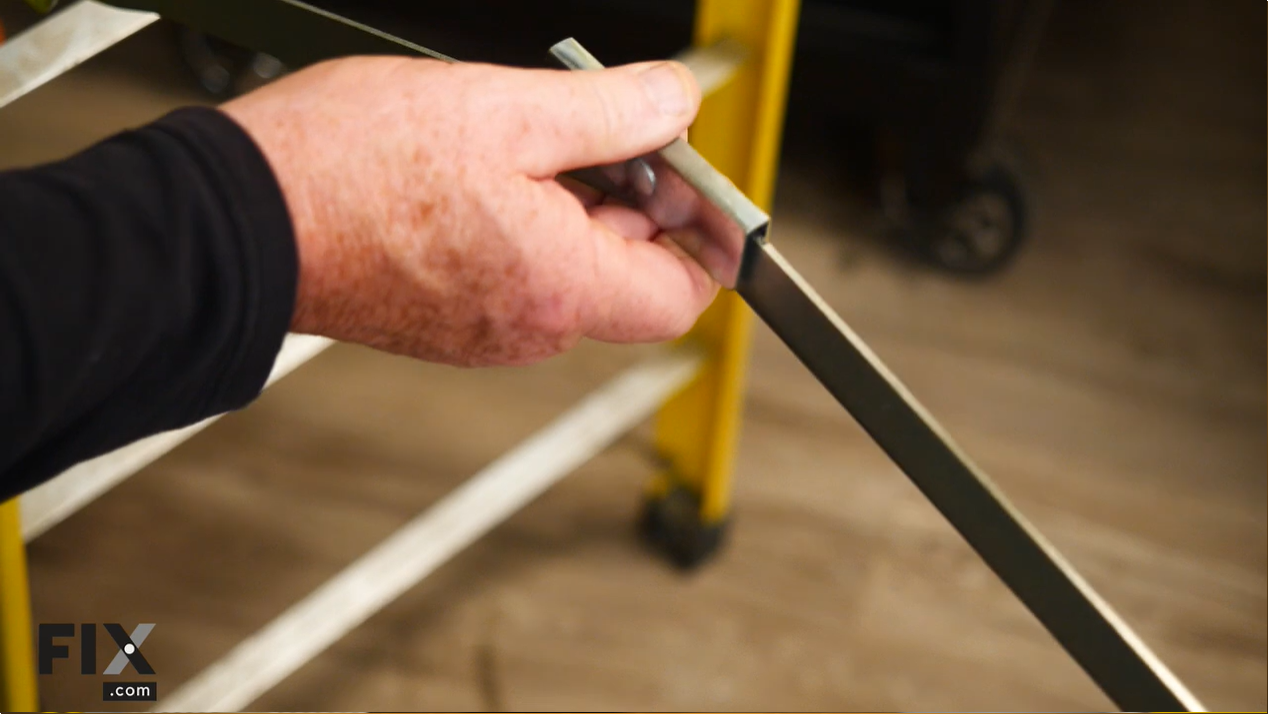
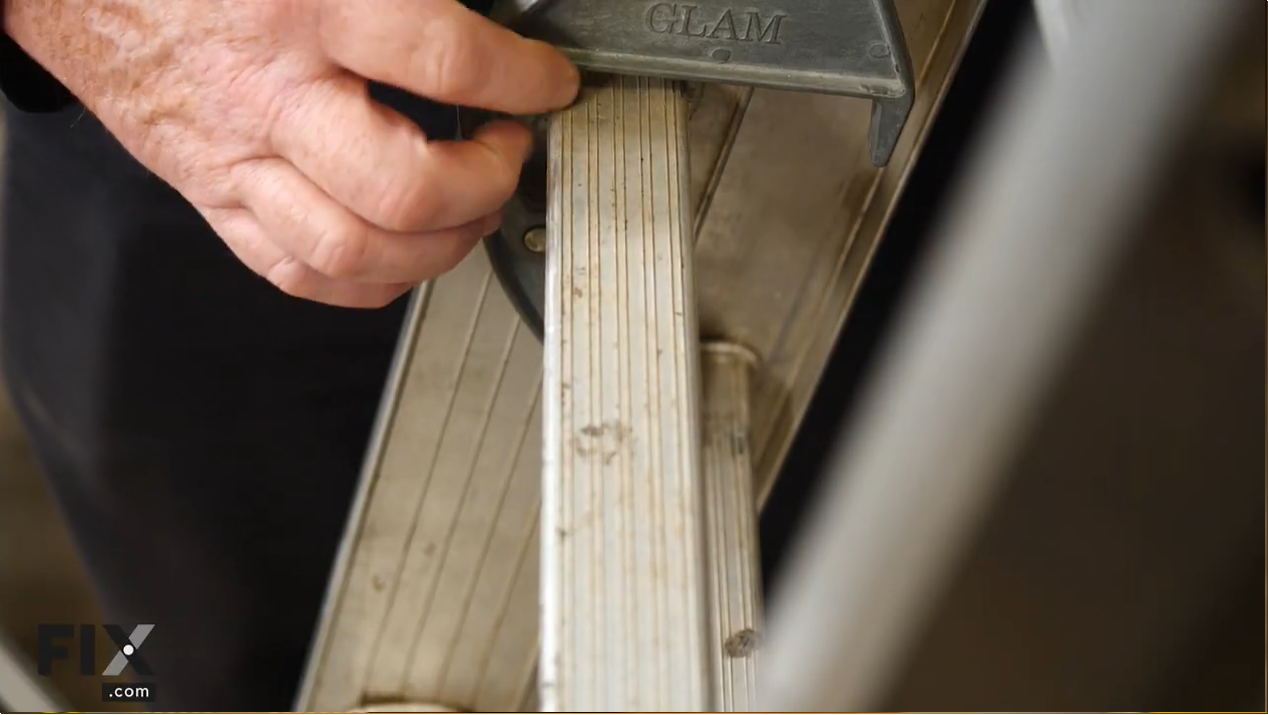
Its feet must be well-secured.

The treads on the steps should also be dry as grease and other substances can cause slippages.
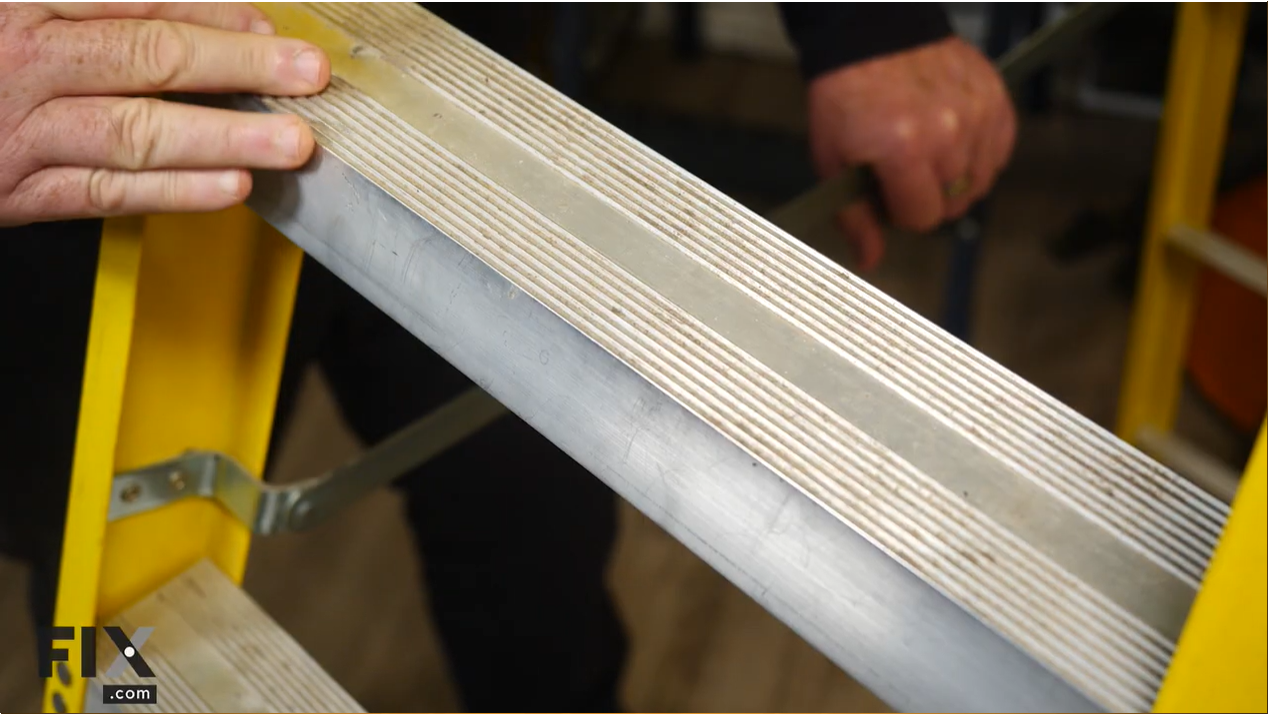
Tip 3: Evaluate Your Physical Capability
Once the ladder is deemed safe to use, you must ensure that you’re in good physical condition to climb and descend it, maintain a position while you’re on it, and able to do some lifting. If you feel dizzy or tired, do not use the ladder. It is also advisable that you wear slip-resistant shoes.
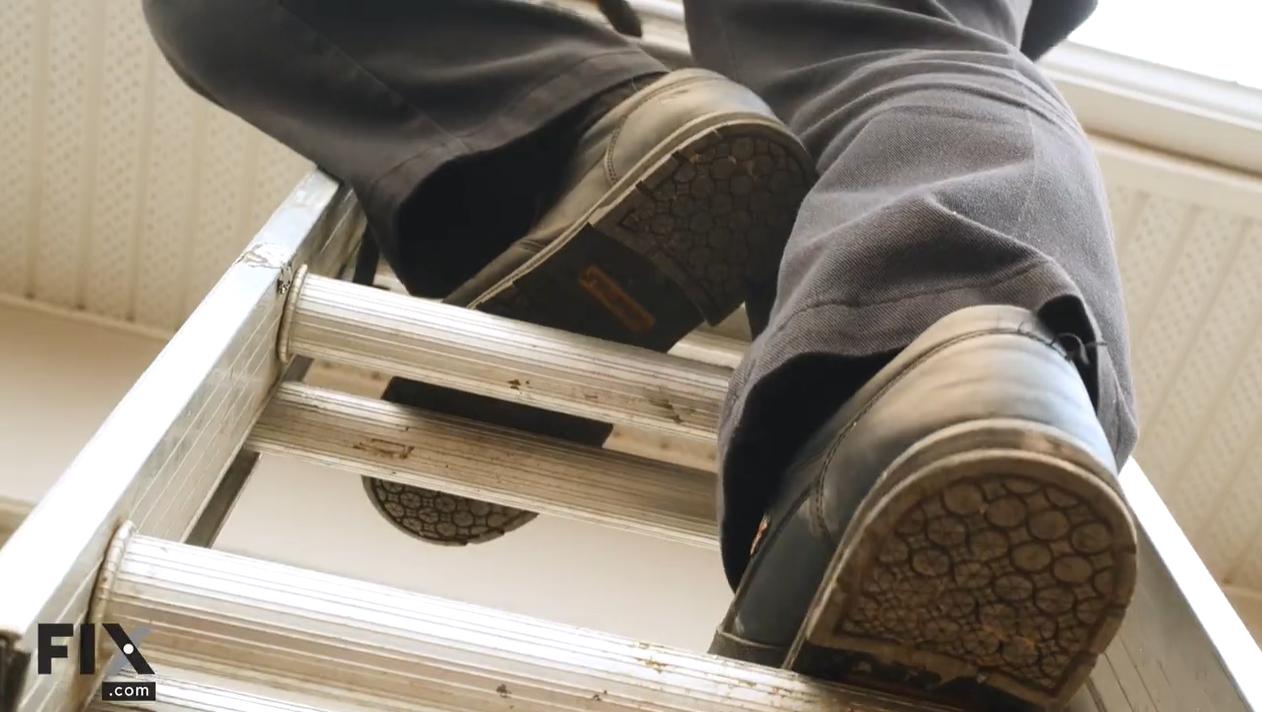
Tip 4: Set Up on A Flat and Stable Surface
Now that you’re ready to set it up, make sure that it is placed on a firm and level surface that can support your weight and that of the ladder. If need be, reinforce the ground with wide boards or some form of bracing. When you’re moving the ladder from one area to the next, fold it first before lifting and carrying it. Pushing or pulling the ladder from its sides can make it unstable.
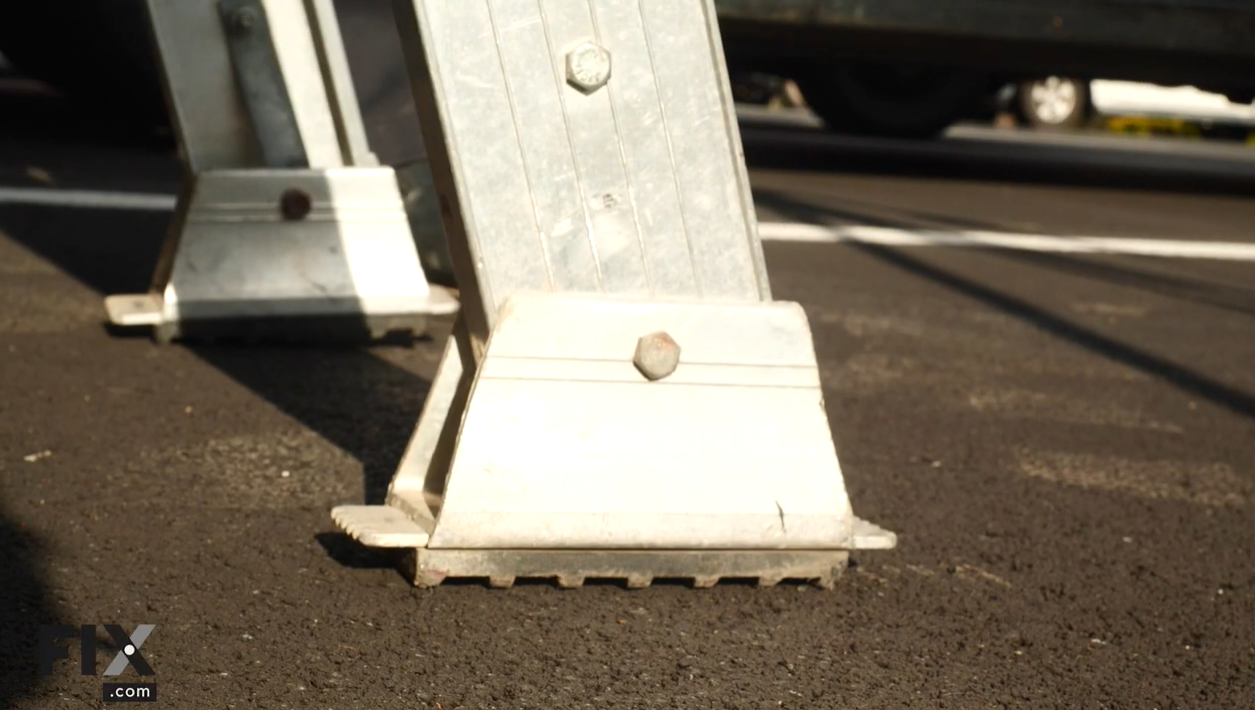
Tip 5: Set Up in A Safe Space
Be mindful of your surroundings when you’re placing the ladder down. Look for overhead power lines before handling or climbing a ladder. You may be in a location (like passageways, driveways, or doorways) where a person or vehicle can collide with the ladder. In high-traffic areas, protect the base of the ladder with a barricade or by ensuring that any nearby doors are locked shut. You may also need to put some signage up.
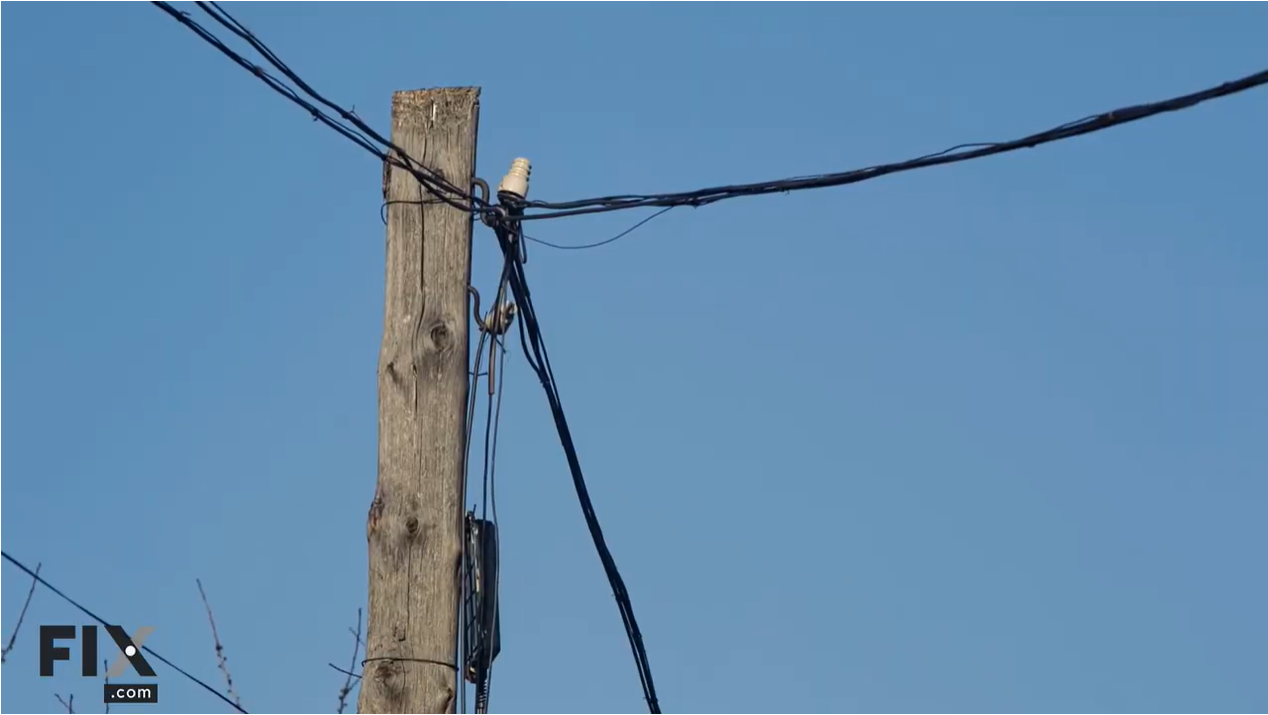
Tip 6: Never Reach or Lean
Keep your body centered between the side rails at all times. The ladder may wobble otherwise and can put you in a position of a fall. You should also be working at an appropriate height – your knees should not go past the top cap of the ladder.
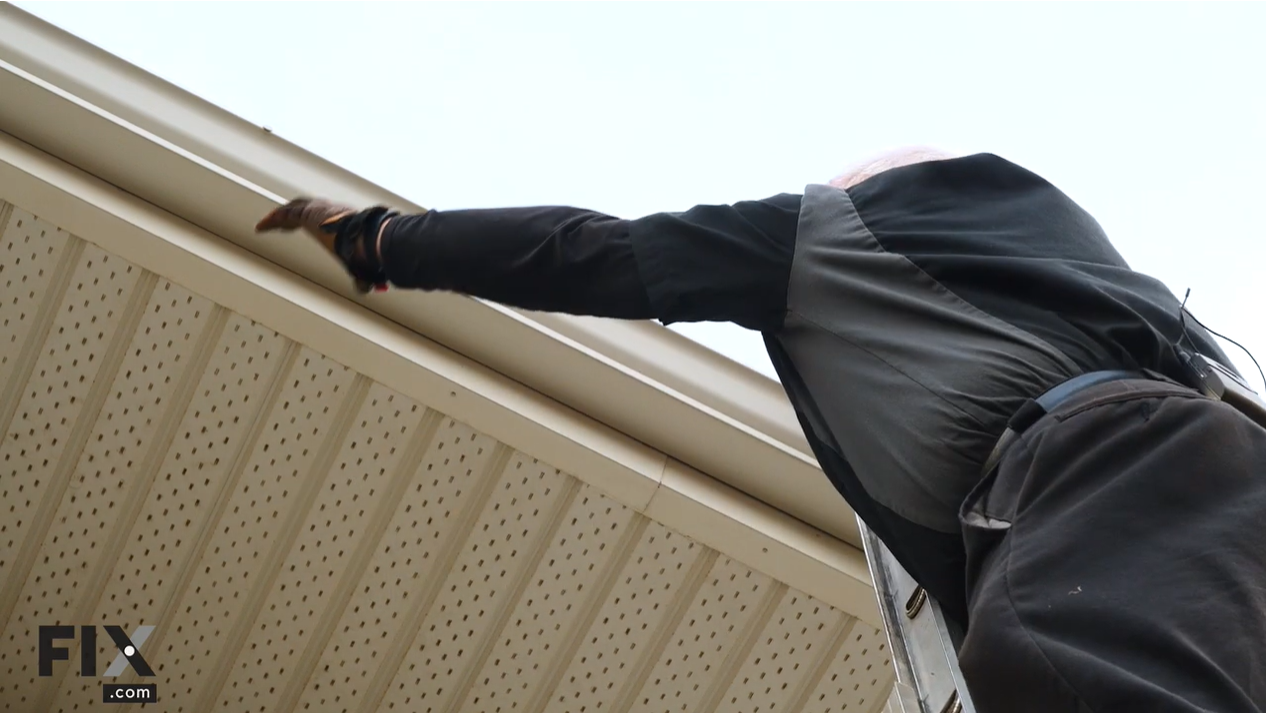
Tip 7: Maintain a Three-Point Contact
The 3 points-of-contact rule dictates that you must face the ladder and have either two hands and one foot, or two feet and one hand on the ladder’s steps or side rails at any point in time. You must also not carry any items in your hands as they will prevent you from getting a handhold of the ladder.
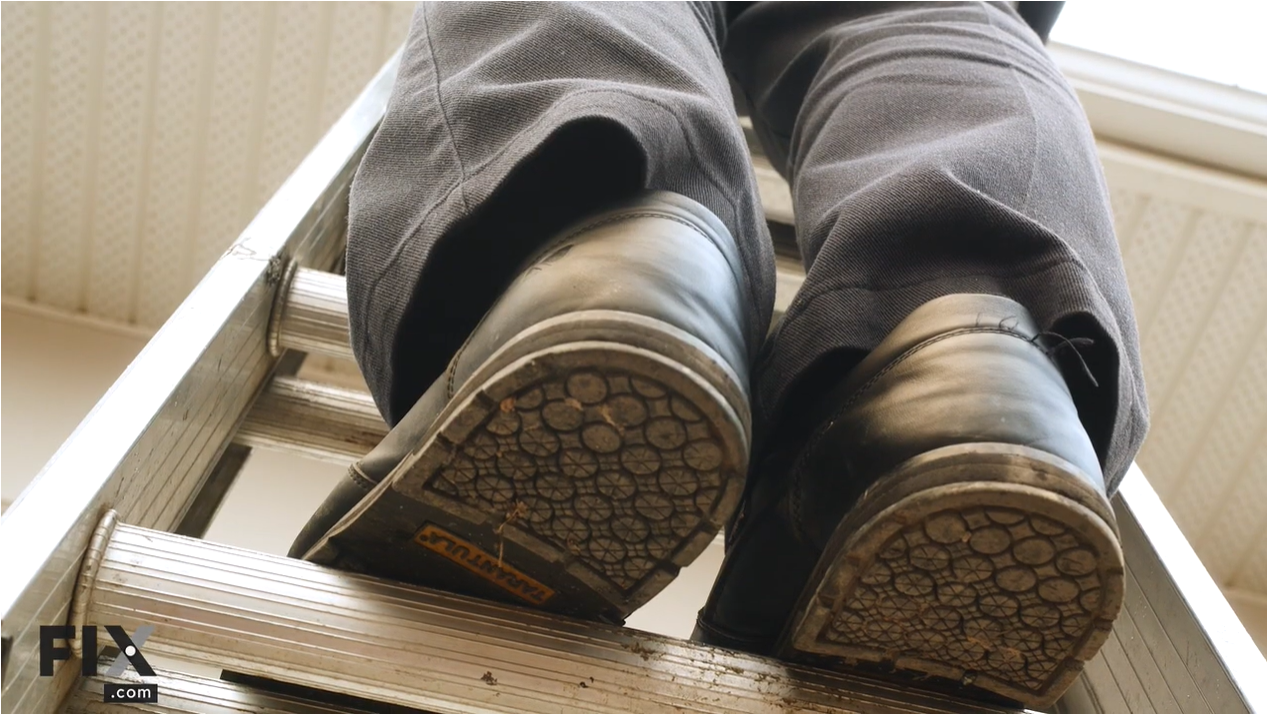
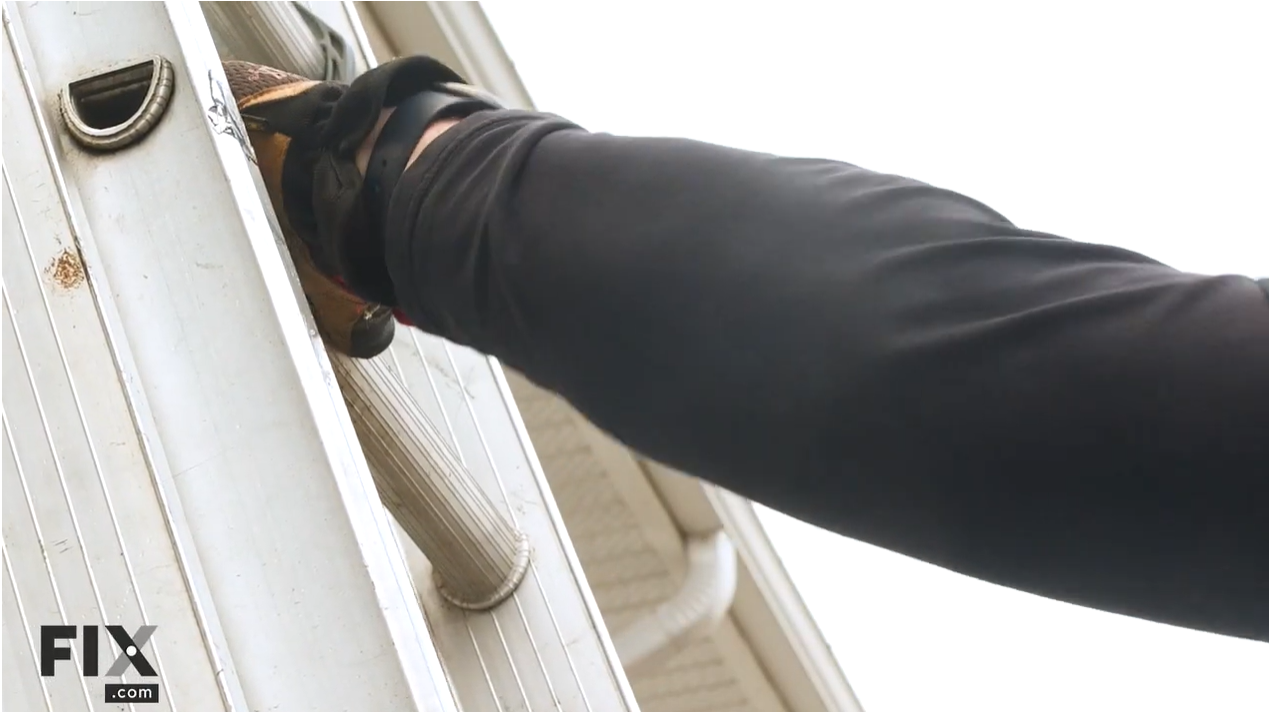
Tip 8: Only Carry Small Items
If you do need to carry objects, it would come in handy to have a tool belt or another person to convey materials to you. Towlines may also assist in this.
Tip 9: Follow the 4:1 Rule
Ladder placement is important. When using an extension ladder, the 4:1 rule states that for every 4 feet of height, the ladder’s base should come out by 1 foot. Additionally, the ladder side rails should extend at least 3 feet above the landing surface.
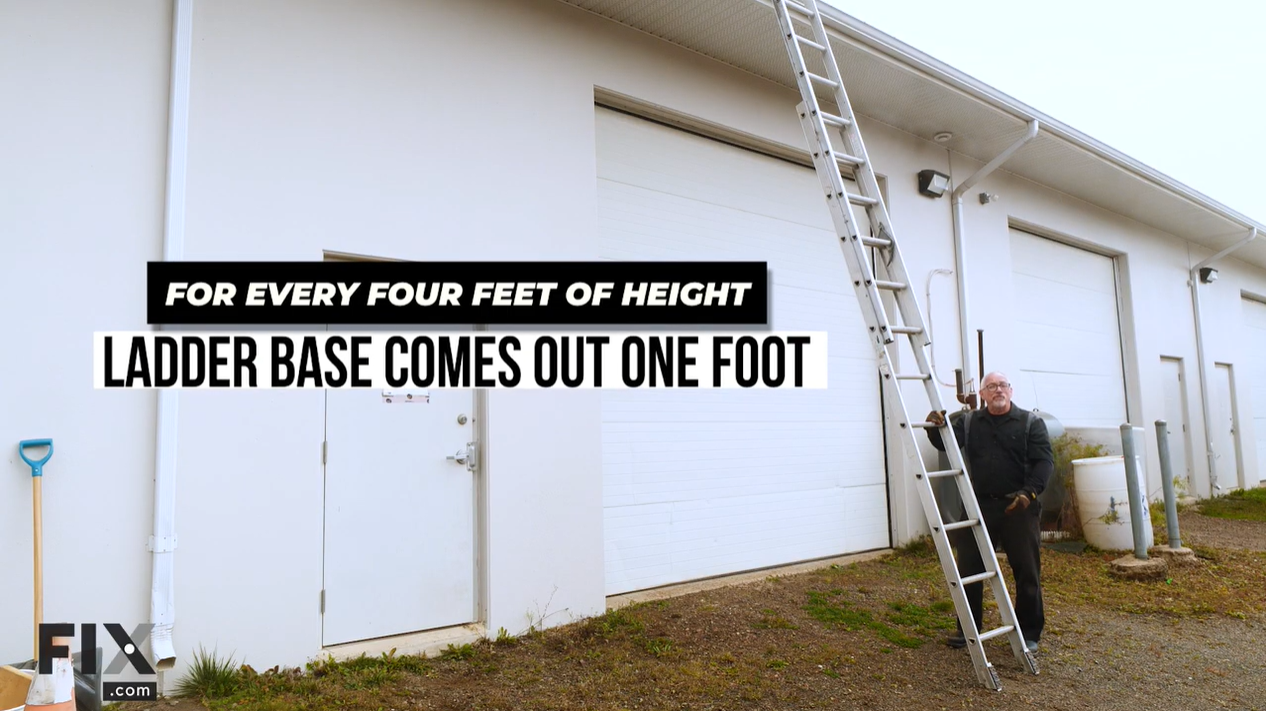
Tip 10: Climb Down Cautiously
As with ascending, you should stay in the middle of the ladder and face it while you’re descending. Maintain the 3 points-of-contact rule and come down slowly.
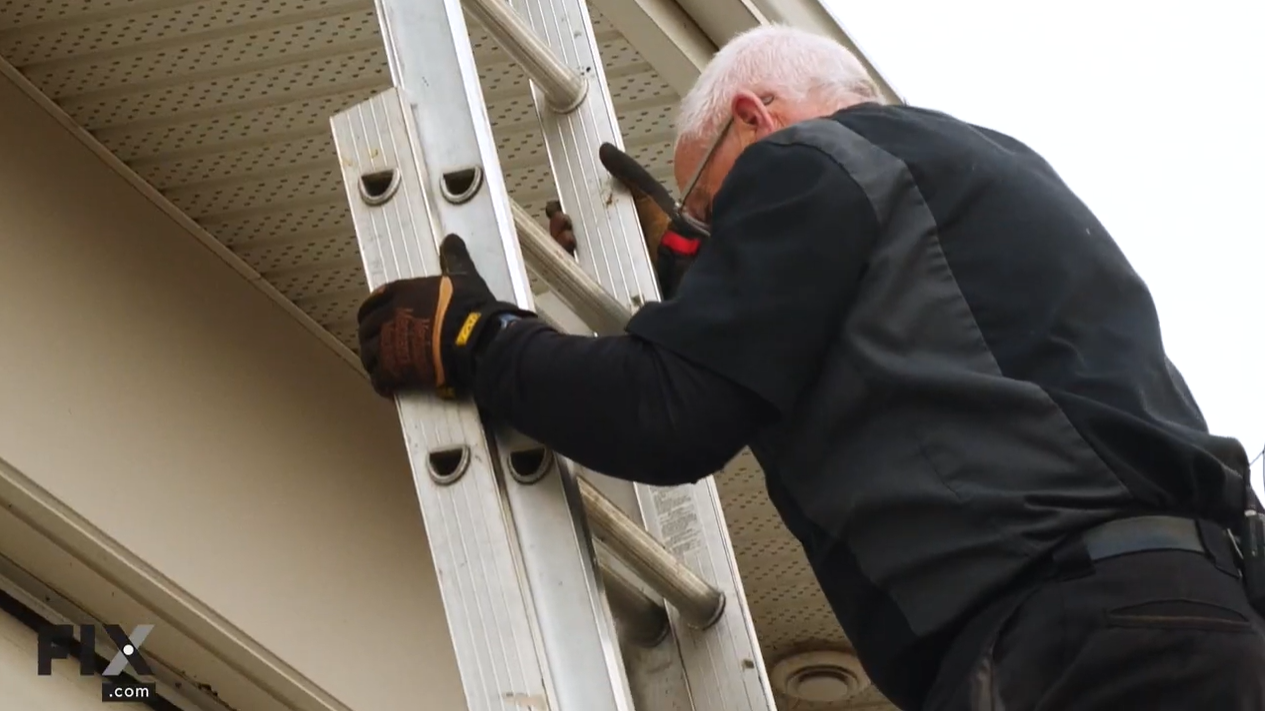
And There You Have It!
I told you that ladder safety isn’t difficult. Guess what else is easy? Searching for appliance parts with Fix.com. Find the exact parts you need in our library by simply typing in your model number! Conquering your next project soon but don’t know which tools you need for them? These guides on screwdrivers and hammers are sure to help you out.
(function(d){
var f = d.getElementsByTagName(‘SCRIPT’)[0], p = d.createElement(‘SCRIPT’);
p.type = ‘text/javascript’;
p.async = true;
p.src = ‘//assets.pinterest.com/js/pinit.js’;
p.setAttribute(‘data-pin-hover’, true);
f.parentNode.insertBefore(p, f);
}(document));
function openWin() {
myWindow = window.open(“http://www.youtube.com/channel/UCHGLUxlObWaCOcDTYiuZFPA?sub_confirmation=1”, “0, 0”, “width=575, height=325”); // Opens a new window
AnalyticsTrackEvent(‘Social’, ‘Subscribe’, ‘YouTube’);
}